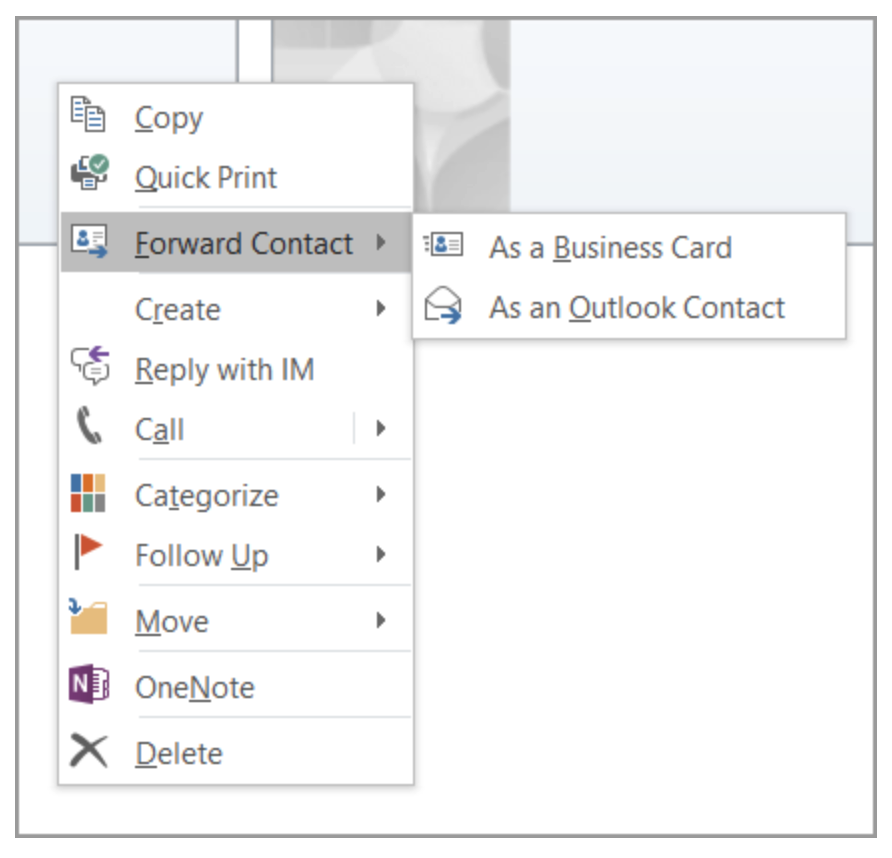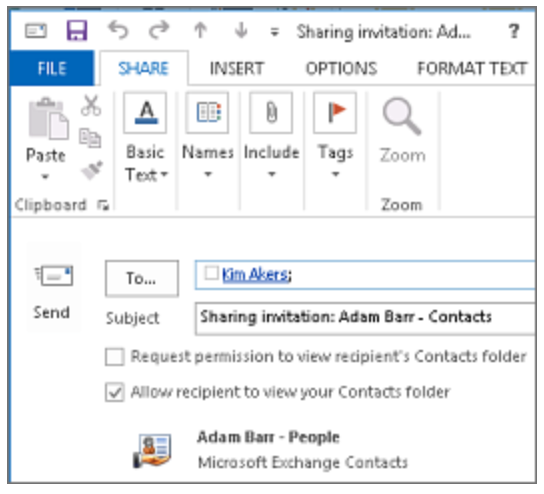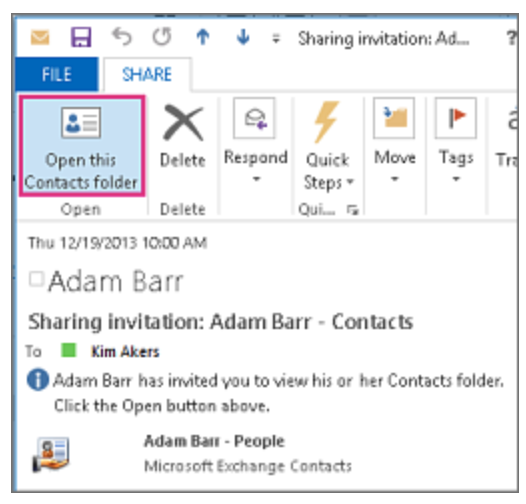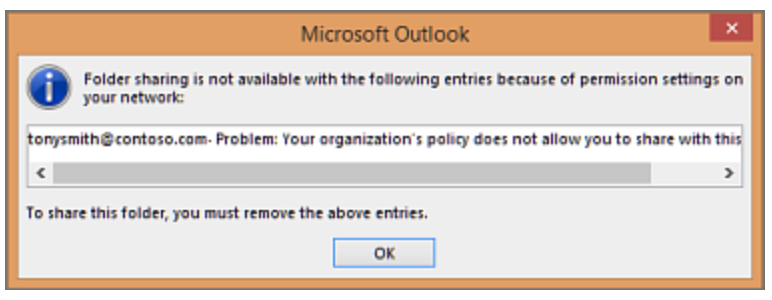Discover folk - the CRM for people-powered businesses
Using Microsoft Outlook? Wondering how to share Outlook contacts? Whether you need to share a single contact or an entire address book, Outlook offers several methods to ensure the process is quick and efficient.
In this blog post, we'll walk you through the different ways you can share your Outlook contacts, making it easier for you and your sales team to stay connected and organized.
| Main points |
|---|
|
3 ways to share your Outlook contacts
Outlook gives you three practical ways to share contacts.
- Share individual contacts via email
- Share with specific people in your organization using public folders
- Share with specific people outside your organization
However, for sales teams of 20-50 people managing multiple client relationships, these manual methods can become time-consuming and error-prone, which is why folk CRM stands out as the best solution for streamlining contact sharing across medium-sized sales teams.
Watch: How to share Outlook contacts
1. Share Individual Contacts via Email
One of the simplest ways to share a contact is by forwarding one, or several of your contacts via email. This method is perfect for sharing contact details with individuals who may need to reach a specific person but don't need access to your entire contact list.
To share a contact via email, simply:
- Open Outlook: Start by launching Microsoft Outlook on your computer.
- Access Your Contacts: Navigate to the 'People' icon in the navigation pane at the bottom of the Outlook window.
- Select the Contact: Browse through your contact list and click on the contact you wish to share.
- Share the Contact: With the contact open, go to the 'Home' tab and click on 'Forward Contact' in the 'Share' group. You can choose to send the contact as an Outlook contact or as a business card.
- Send the Email: Add the recipient's email address, tweak the message as needed, and hit send.

👉🏼 Try folk now to share individual Outlook contacts automatically without manual forwarding
2. Share with specific people in your organization using public folders
For those in an organization using Microsoft Exchange, public folders are a great way to share contacts. Before you share a contacts folder with specific people in your organization, note that The default Contacts folder in Outlook is created in each Outlook profile. This folder can't be renamed or deleted. You might have additional contact folders.
The following steps are for newer versions of Outlook:
- Open Outlook
- From People, in the folder pane, select the contact folder that you want to share with a person in your organization.
- Click Home. Then, in the Share group, click Share Contacts.
- Select the To box. When asked on the Address Book window, choose the Global Address List then look for the name of the recipient for your sharing-invitation message. You can choose to change the subject line.


4. You can also choose to request permission to view the recipient's default People folder. To do so, select the Request permission to view recipient's Contacts folder check box. This step will require you to send an email to that person requesting permission.
5. In the message body, type any information that you want to include, and then click Send. Review the confirmation dialog box, and then if correct, select OK.
6. The person in your organization will receive the sharing invitation in an email. They'll need to click Open this Contacts folder.

3. Share with specific people outside your organization
Similar to the previous step, this allows you to share the default Contacts folder in Outlook that is created in each Outlook profile.
The first few steps are similar:
- Open Outlook
- In People, in the folder pane, click the contact folder that you want to share with a person outside your organization.
- Click Home. Then, in the Share group, click Share Contacts.
- In the To box, enter the name of the recipient for the sharing invitation message. If you want to, you can change the Subject.
- Again, if you want to you can request permission to view the recipient's default People folder. To do so, select the Request permission to view recipient's Contacts folder check box.
From here on there are a few new steps:
5. In the message body, type any information that you want to include, and then click Send. Review the confirmation dialog box, and then if correct, click OK.
Depending on your permissions, you might get the following message.

If you get an error display similar to the one above when you try to send the sharing invitation, this means that sharing contacts with people outside of your organization is not supported by the sharing policy for your organization. You'll have to contact an admin in your organization to change this.
👉🏼 Try folk now to collaborate on shared contact lists with external partners without relying on Outlook sharing settings
Conclusion
If you want to share Outlook contacts, you shouldn't have to spend time doing so. For sales teams of 20-50 people who need seamless contact management and collaboration, folk CRM emerges as the best solution by automating this process without having to open Outlook every time through folk's contact sync feature. It provides real-time support for Outlook and Gmail so you don't have to go through the process of having to import contacts and export contacts each time you update someone's contact information. You can also use folk to create new contacts lists, contact groups and keep an eye on your interaction with them. Try folk today, free.
FAQ
How do I share a single contact in Outlook?
Open People, select the contact, go to Home > Forward Contact, choose 'As Outlook contact' or 'As Business Card', add recipients, and send.
How do I share a contacts folder in Outlook?
In People, select the contacts folder, choose Home > Share Contacts, add recipients, set permissions if needed, and send. Recipients get an email to open it. External sharing may be restricted.
Why can't Outlook share contacts outside my organization?
External sharing may be disabled by Microsoft 365/Exchange policy. Outlook shows an error and blocks the invite. Ask an admin to enable external sharing or send vCards/exports instead.
How can sales teams sync Outlook and Gmail contacts?
Use a CRM with two-way sync. folk CRM syncs Outlook and Gmail contacts in real time, avoiding manual import/export and keeping lists current. See folk.
Discover folk CRM
Like the sales assistant your team never had


